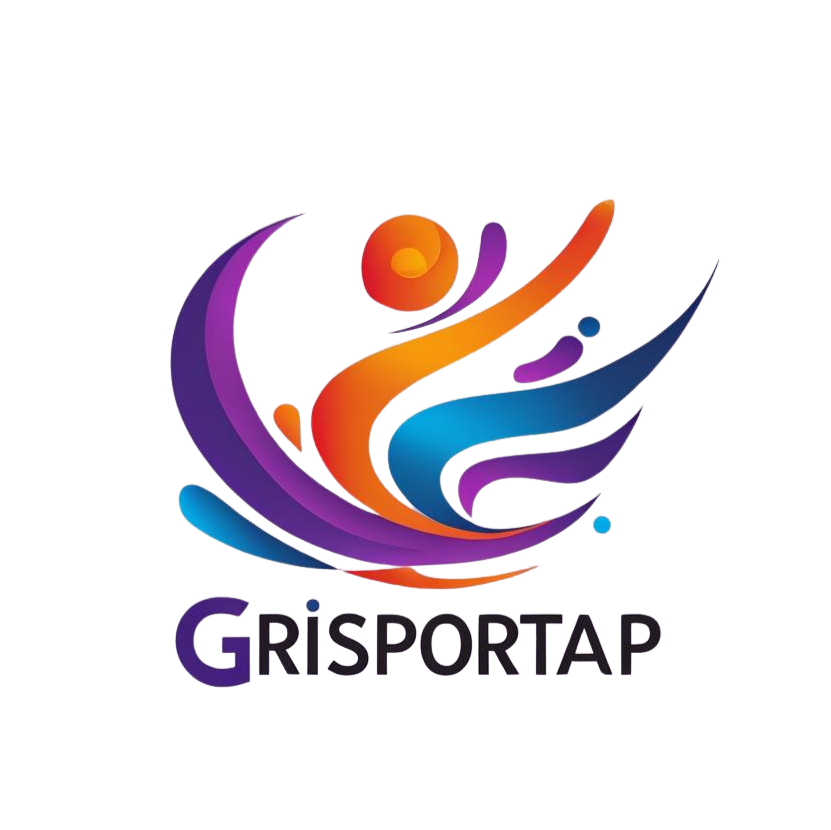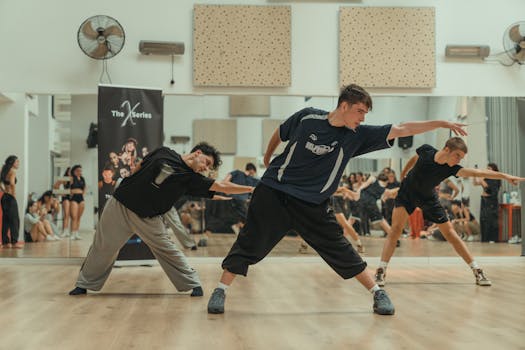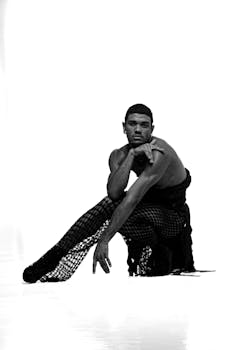Creating dance materials is an essential process for educators, choreographers, and dance enthusiasts. These materials serve as the foundation for successful dance classes, performances, and workshops. Whether you are teaching a beginner class or organizing a professional performance, well-crafted materials enhance the learning experience.
From lesson plans to handouts, the right dance materials ensure that students grasp concepts and techniques effectively. Various factors influence the quality and relevance of these materials, including age groups, dance styles, and individual goals. Understanding how to create tailored dance resources can elevate any dance program.
This guide will walk you through the essential steps in creating dance materials that inspire and engage learners. By the end, you will have a comprehensive understanding of the components needed for effective dance materials.
Understanding Your Audience
Before creating any dance materials, it’s crucial to determine who your audience is. Understanding your learners helps tailor the content to meet their needs. Consider their age, skill levels, and dance experience.
For instance, younger students may benefit from colorful visuals and hands-on activities. Conversely, adult learners might prefer in-depth theory and analysis. Identifying your audience’s preferences influences your design choices significantly.
Additionally, consider cultural backgrounds that may affect how students perceive dance. Tailoring your materials to reflect diverse experiences enriches the learning environment. Acknowledging different perspectives fosters inclusivity and engagement in dance.
Conduct surveys or informal interviews to gather insight on what your audience prefers. Engaging directly with students can offer valuable information that shapes your materials effectively. Always remain open to adjustments based on feedback.
Finally, understanding your audience establishes a solid foundation for your dance materials. Prioritize their needs and preferences to create content that resonates and inspires action.
Choosing the Right Format
The format of your dance materials plays a crucial role in how the information is received. Common formats include worksheets, digital presentations, and video tutorials. Each has its merits and can serve different purposes effectively.
Worksheets provide a tangible way for students to engage with the material. You can incorporate diagrams, writing prompts, and exercises. Meanwhile, digital presentations can offer a dynamic visual format to convey dance concepts.
Video tutorials are particularly effective for demonstrating movement and technique. They allow students to observe and replicate movements at their own pace. Selecting the right format depends on your teaching objectives and the preferences of your audience.
Furthermore, consider creating a combination of formats to address various learning styles. This approach ensures that visual, auditory, and kinesthetic learners all benefit from your materials. Diversity in formats encourages a richer learning experience.
Ultimately, the choices you make regarding the format of your dance materials will influence how effectively your audience can engage with the content. Be thoughtful and deliberate in your selection.
Content Development
Once you have a clear understanding of your audience and format, it’s time to start developing the content. This stage requires careful planning and creativity. Consider what themes, techniques, and styles you want to incorporate.
Begin with a clear outline of your content, organizing it logically. This helps ensure that your lessons flow smoothly and build upon previous knowledge. Clarity will enhance the effectiveness of your teaching materials.
As you develop content, use language that is both engaging and accessible. Avoid jargon unless absolutely necessary. When introducing complex terms, provide clear definitions to help students grasp their meanings.
Visual aids, such as images or diagrams, can significantly enhance understanding. A visual representation of dance movements or choreography can provide additional clarity and improve retention. Students often benefit from seeing what they are learning about.
Moreover, consider incorporating historical context or cultural insights related to the techniques you are teaching. This adds depth to your materials and enriches the learning experience. Students often appreciate understanding the significance behind the movements.
Creating Engaging Activities
Engaging activities are a vital component of effective dance materials. They keep students motivated and encourage active participation in the learning process. Activities can range from group discussions to practical exercises, depending on your objectives.
Design activities that promote collaboration among students. Group choreography projects allow learners to explore creativity collectively. They also foster teamwork and help develop social skills important in dance settings.
Another effective activity is improvisation. Allowing students to explore their bodies and expressions can build confidence and enhance their understanding of movement. Incorporating improvisational tasks challenges students to think outside the box.
Additionally, consider incorporating games that reinforce rhythm or coordination. Fun activities make learning enjoyable and break up the more structured segments of your lessons. They help create a relaxed environment where students feel free to express themselves.
Ultimately, engaging activities create memorable experiences that keep students connected to the material. Strive for a balance of challenge and enjoyment to sustain attention and enthusiasm.
Providing Clear Instructions
When creating dance materials, providing clear instructions is paramount. Students need to understand what is expected to engage fully with the content. Clear instructions enhance learning outcomes and minimize frustration during practice.
Start with a concise introduction, outlining the goals and objectives of the lesson or activity. This sets the stage for what students can expect and why it matters. Clarity in purpose can motivate students to participate actively.
Break down complex movements into manageable steps. This incrementally builds understanding and confidence, especially for beginners. Structure the instructions in a sequential manner that guides learners through the process.
Use imagery or metaphors to make instructions relatable. For example, comparing a dance movement to a commonly recognized action can illuminate the body’s engagement. This approach makes learning accessible and relatable.
Finally, encourage questions and provide opportunities for practice. Clear instructions open pathways for feedback and adjustment, further enhancing student comprehension. Remember, fostering a supportive learning environment is key to successful instruction.
Review and Feedback Mechanisms
Implementing review and feedback mechanisms is essential for effective dance learning. After introducing new materials, evaluating students’ understanding helps gauge their progress. This can take various forms, including discussions, quizzes, or demonstrations.
Encouraging peer feedback can also be beneficial, as it fosters collaboration. Students learn from each other and gain diverse perspectives on movement and expression. This interaction enhances their overall learning experience.
Furthermore, provide constructive feedback on individual performances. Rather than merely pointing out flaws, highlight strengths and offer suggestions for improvement. This balanced approach boosts learners’ confidence and encourages growth.
Regular assessments can help track students’ progress over time. This insight helps you adjust your teaching methods accordingly. Continuous improvement in materials and instructional strategies benefits the entire class.
Incorporating these review and feedback mechanisms cultivates a culture of learning and improvement. Strive to create an environment where students feel valued and motivated to excel.
Conclusion
Creating effective dance materials involves multiple steps, including understanding your audience, choosing the right format, and developing engaging content. Enriching dance education requires thoughtful planning and creativity.
Furthermore, incorporating activities, clear instructions, and feedback mechanisms ensures a well-rounded learning experience. By focusing on these essential elements, educators can inspire and nurture their students’ love for dance.
In pursuit of excellence in dance education, remember to remain adaptable and open to feedback. Evaluating the effectiveness of materials and practices fosters a dynamic learning environment. Embrace the journey of creating dance materials as a cherished opportunity to connect with students.



